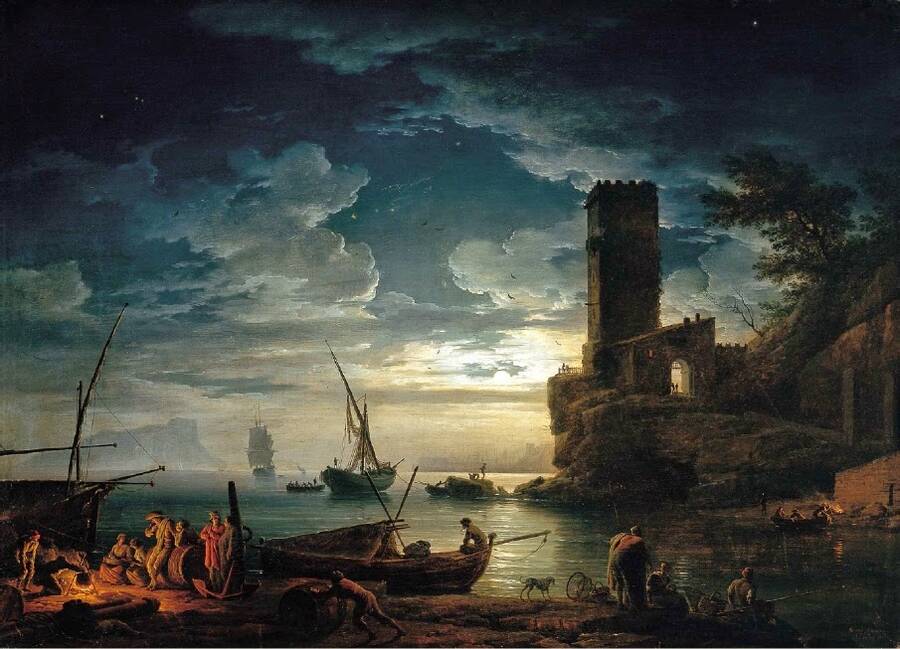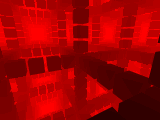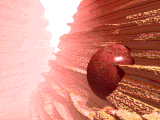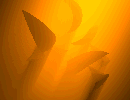Viae Sacrae [Latin] – Sacred Paths
The journey of the soul is to find its own path to the eternal. - Kahlil Gibran
The Essence of the Spiritual Quest
Spirituality, in its myriad forms, is humanity’s timeless pursuit of transcendence, a quest to connect with a life force—akin to the ancient pneuma (Greek for breath or spirit) or ruach (Hebrew for spirit)—that animates existence. From religious devotion to secular ethics, from mystical visions to creative expressions, the spiritual paths explored in this series reveal a shared yearning for meaning, connection, and purpose. Whether through the structured rituals of authoritarian spirituality, the communal bonds of social spirituality, or the unified vision of monism, each path offers a unique lens on the sacred. This conclusion weaves together these diverse threads, reflecting on their common essence and enduring significance in humanity’s search for the divine, the universal, or the self.
A Spectrum of Spiritual Expression
The spiritual landscape is vast, encompassing beliefs and practices as varied as humanity itself. Religious spirituality anchors faith in divine worship, while secular spirituality finds meaning in human ethics. Mystical spirituality seeks direct union with the divine, and metaphysical spirituality probes unseen realities. Nature-based spirituality reveres the earth, shamanism journeys through spirit realms, and spiritism converses with the departed. Magic manipulates unseen forces, traditional spirituality honors ancestral wisdom, and authoritarian spirituality imposes sacred order. Intellectual spirituality reasons toward truth, service-oriented spirituality acts with compassion, and social spirituality thrives in community. Creative spirituality expresses the soul through art and music, dualism navigates opposing forces, monism unites all in one, pluralism embraces diverse paths, and humanism celebrates human potential. Each path, animated by a life force like pneuma, reflects a facet of the human spirit’s quest.
Common Threads Across Paths
Despite their diversity, these spiritual paths share core aspirations. All seek connection—to a higher power, nature, community, or self—rooted in the belief that a universal life force binds existence. Whether through prayer, meditation, service, or art, each path transforms everyday experiences into sacred encounters. They address universal questions: What is our purpose? How do we transcend suffering? What connects us to the cosmos? From the Buddhist’s mindfulness to the humanist’s ethical action, these paths offer tools to navigate life’s mysteries, fostering hope, resilience, and unity. This shared quest, expressed through countless forms, reveals the human spirit’s relentless drive to find meaning.
Shared Elements of Spiritual Paths
- Connection: Seeking unity with the divine, nature, community, or self.
- Transcendence: Rising above the mundane through ritual, reflection, or action.
- Meaning-Making: Addressing life’s purpose and mysteries through diverse practices.
- Life Force: Recognizing a universal essence, like pneuma or ruach, animating existence.
Strengths of Spiritual Diversity
The diversity of spiritual paths is a strength, offering something for every seeker. Religious and authoritarian spiritualities provide structure for those craving certainty, while mystical and creative paths offer freedom for the intuitive. Secular and humanistic approaches resonate with rational minds, and nature-based or shamanic practices ground those drawn to the earth. Social and service-oriented spiritualities build community, while dualism, monism, and pluralism offer philosophical frameworks for navigating complexity. This variety ensures accessibility, allowing individuals to find a path that fits their temperament, culture, or beliefs. Together, these paths form a rich tapestry, reflecting humanity’s multifaceted search for the sacred.
Challenges in the Modern World
Spirituality faces challenges in a fast-paced, polarized world. Secular skepticism questions traditional beliefs, while commercialization risks diluting sacred practices. Cultural clashes and dogmatic divisions can fracture spiritual communities, and modern distractions—digital overload, materialism—threaten deep reflection. Yet these challenges also spark innovation: digital platforms spread mindfulness, interfaith dialogues foster pluralism, and science aligns with spiritual awe, as in humanism’s embrace of discovery. Balancing authenticity with adaptation is key, ensuring spiritual paths remain vibrant and relevant while honoring their roots.
The Personal and the Collective
Spirituality thrives in both personal and collective realms. A solitary meditator finds inner peace, while a community festival unites hearts in shared joy. The life force—whether divine spirit, human consciousness, or ruach—flows through both, linking individual quests to collective purpose. A humanist’s ethical act ripples outward, just as a shaman’s journey heals the tribe. This duality reflects spirituality’s power to transform both the self and the world, weaving personal transcendence into a shared human story. Each path, whether solitary or communal, contributes to a greater whole, embodying the sacred in connection.
Key Insights from the Spiritual Paths
- Religious and Authoritarian: Structure and devotion offer certainty and order.
- Mystical and Creative: Intuition and art unlock direct connection to the sacred.
- Secular and Humanistic: Reason and ethics ground spirituality in human potential.
- Nature-Based and Social: Earth and community foster belonging and harmony.
Spirituality in a Modern Context
Today, spirituality adapts to a globalized, digital age. Meditation apps, online interfaith forums, and virtual art galleries democratize access to sacred practices. Scientific insights, like studies on consciousness or ecological interconnectedness, echo monistic and nature-based perspectives. Global challenges—climate crises, social inequity—call for service-oriented and pluralistic approaches, uniting diverse paths for collective good. Yet spirituality must navigate skepticism, consumerism, and division, staying true to its essence while embracing innovation. For seekers, these paths offer timeless tools to find meaning, connection, and transcendence in a complex world.
Looking Forward
This series has explored spirituality’s many faces, from religious devotion to humanistic ethics, each a thread in the tapestry of human longing. As we move forward, the exploration of spiritual paths continues in historical contexts, examining how past beliefs shape our present quest. The enduring power of spirituality lies in its ability to adapt, inspire, and unite, guiding humanity toward transcendence through the shared life force that pulses through all existence. This conclusion celebrates the diversity and unity of these paths, inviting seekers to weave their own journey into the eternal.









